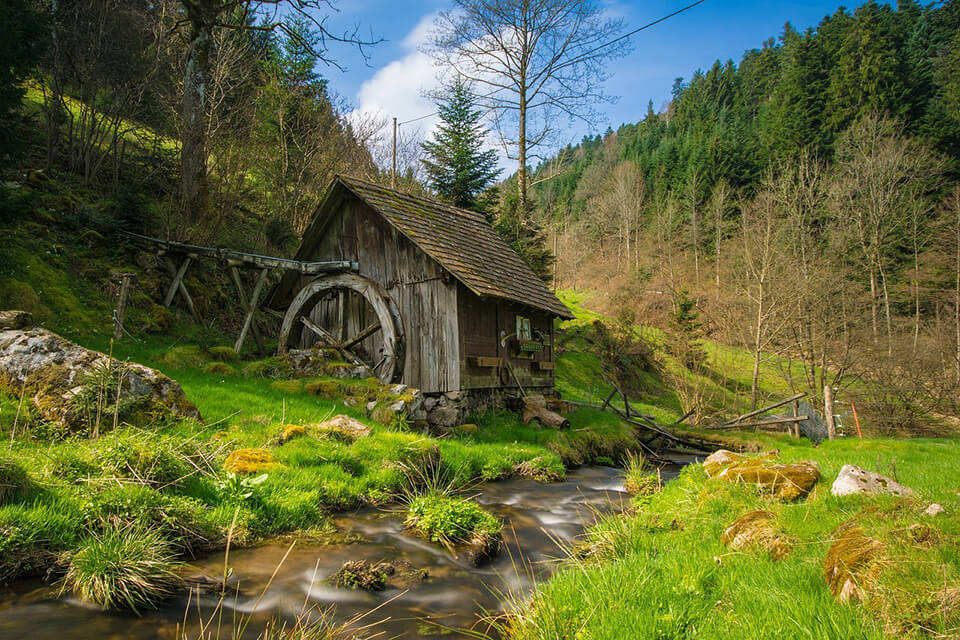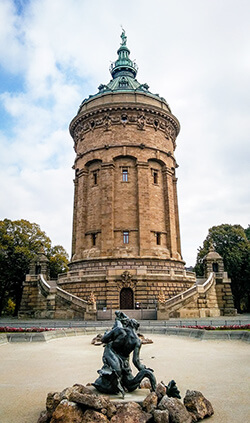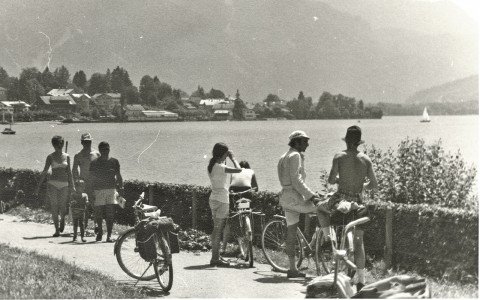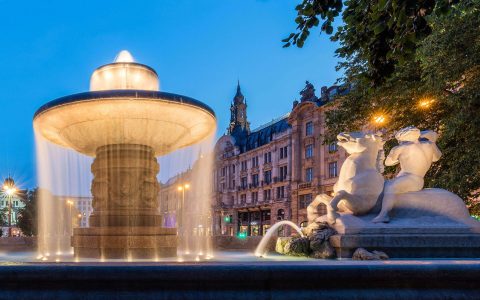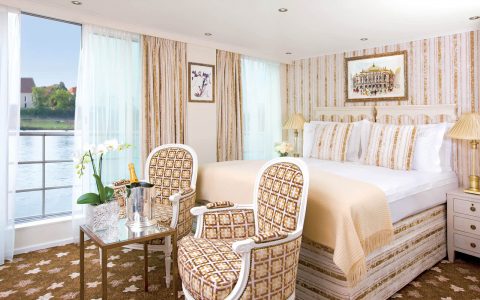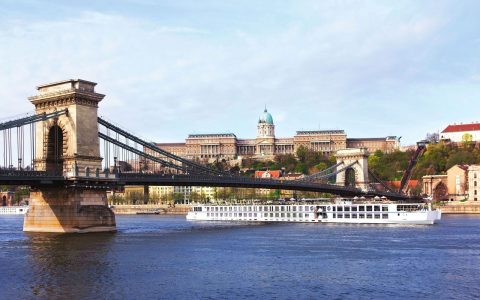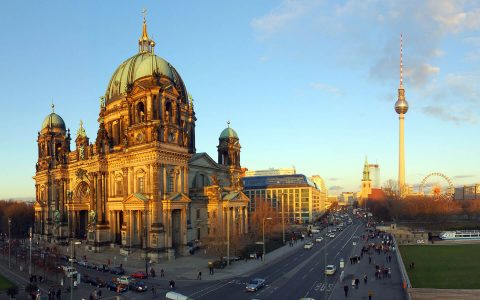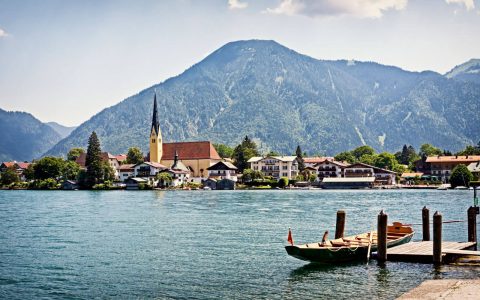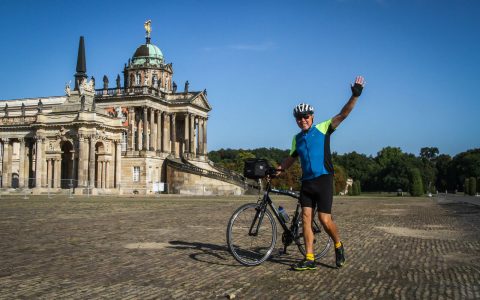7 Iconic Spots Along the Rhine River
Flowing through six countries, the mighty Rhine River winds its way from its origins in the Swiss Alps, Austria, France, Germany, tiny Lichtenstein and empties into the North Sea via the Netherlands. A landmark journey that has inspired Romantic artists and composers from Lord Byron to Richard Wagner, the rocky cliffs and imposing castles still stand watch over those who pass. From Basel to Amsterdam and in between, here are a few interesting facts along this ancient and watery trade route. With a mixture of everything historical, cultural and culinary, the Rhine River is one of our most diverse and favourite regions—get to know it here!

The Art Star: Basel, Switzerland
The international art world, from collectors, gallerists and art stars gather at the annual Art Basel art fair every year in June. With more than 4,000 artists’ works on show, and with nearly 300 of the world’s leading galleries—not to mention the soirees and parties taking place on the art circuit, it holds an important spot on the calendar of many. But regardless of the time of year, Basel itself has a whopping 40 museums in town to discover, including the Kunstmuseum, the very first art museum in Europe accessible to the public, and the most comprehensive collection of public art in the country. The Vitra Campus and Design Museum (Guggenheim Bilbao Frank Gehry), Vitra Haus and new (2016) Vitra Schaudepot (Herzog & De Meuron) are also a standout for the tripartite aficionado of architecture, industrial design and interior design.
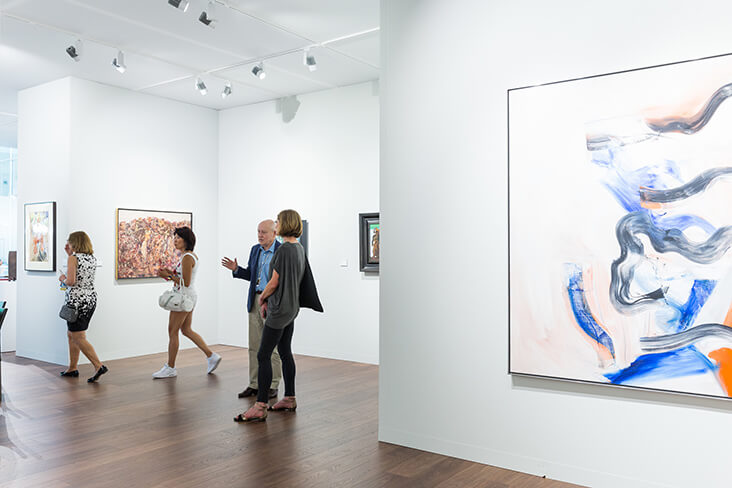
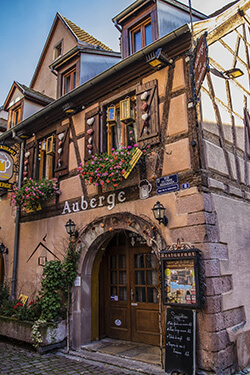 The Ultimate Food & Wine Destination: Alsace, France
The Ultimate Food & Wine Destination: Alsace, France
The most heavenly destination for lovers of food and wine, the region of Alsace has changed hands between Germany and France multiple times since the 17th century when it was first annexed to France under Louis XIV. Today, Alsace is part of France, but retains its German flavour and its own much-lauded culinary delights, which is perhaps one of the reasons why the Romans could barely tear themselves away from the table! Alsace is the most Michelin-starred region in France, and for good reason.
Quintessential Germany: The Black Forest
A picture of old-world Germany, the Schwarzwald, as it’s known in German, is famous for its rural traditions and folkloric culture. You will see typical farmhouses with half-hipped overhanging roofs protecting from snow and wind, along with the very woods that have inspired generations of artists, writers, and craftspeople, including traditional woodcarvers (famous for the region’s cuckoo clocks, popular souvenirs since the mid-18thC). Culinary traditions like the famous Black Forest ham and Black Forest cake abound, as well as an astounding 17 Michelin-starred restaurants to be found in the region, giving Alsace a run for its money. Either way, the Upper Rhine Valley is one of the world’s heavyweights in terms of Michelin stars, with no less than 70 restaurants in Germany, France, and Switzerland.
Explore The Rhine By Boat
Is there a more famous waterway on our planet than the River Rhine? Explore this millennia-old trade route connecting (or dividing) six countries and a diadem of stately cities; towering castles; terraced wine regions; the focal point of history-altering battles and invasions; and the inspiration for epic music on the Rhine River Cruise Biking trip.
DETAILED ITINERARYWorld on Wheels: Mannheim, Germany
Sitting at the confluence of the Rhine and the Neckar rivers, Mannheim is a city of inventors. This pretty university town is where the local inventor, Karl Drais built the first two-wheeled hobbyhorse in 1817, the precursor to today’s bicycle—where would Butterfield & Robinson be without our favourite way of seeing the world?—and where Karl Benz drove the very first automobile on the streets in 1886. It’s also here where his wife, Bertha Benz, took the world’s first road trip by car in 1888.
The Birthplace of Protestantism: Speyer, Germany
One of the oldest cities in Germany, originally founded by the Roman Empire in the year 10 B.C.E., Speyer is known for its influence as a powerful seat of the Holy Roman Empire. It is also here where the infamous ‘Protestation at Speyer’ took place in 1529, where the six princes and representatives of 14 Imperial Free Cities protested the imperial ban against Martin Luther’s reformist principles, giving birth to the movement of Protestantism. Naturally, Speyer is also recognized for its splendid red sandstone cathedral built in 1030, itself a UNESCO World Heritage site.
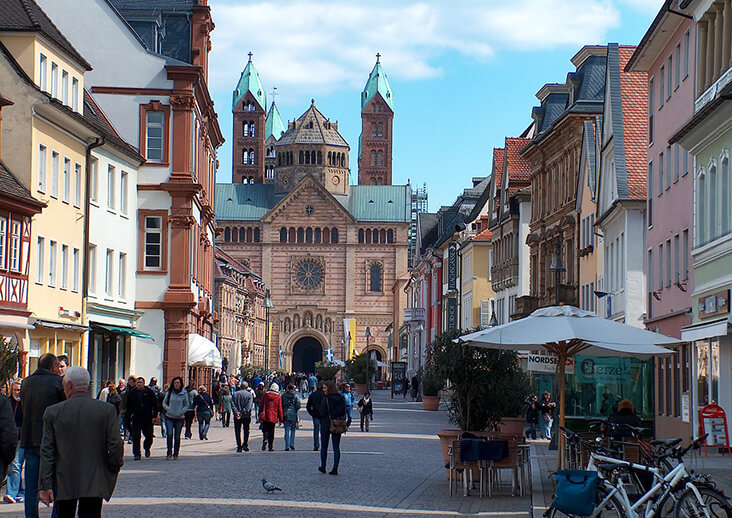
Artistic Inspiration for the Ages: The Rhine Gorge, Germany
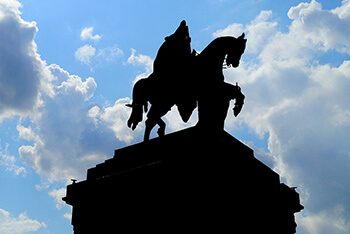 The Upper Middle Rhine Valley, a picturesque 65-kilometre (40 miles) stretch between Koblenz and Bingen in Germany, has inspired countless painters, poets, writers, and composers, especially during the Romantic movement of the 18thC, from the enchanted siren at the Rock of Lorelei (near Sankt Goarshausen) who lured sailors to their demise, and Richard Wagner’s epic opera cycle, the Ring of the Nibelung, which takes place along the Rhine. Another notable spot of German pride is the Deutsches Eck, the ‘German corner’ at Koblenz, where the Mosel River joins the Rhine, complete with a statue of William I, the first German Emperor.
The Upper Middle Rhine Valley, a picturesque 65-kilometre (40 miles) stretch between Koblenz and Bingen in Germany, has inspired countless painters, poets, writers, and composers, especially during the Romantic movement of the 18thC, from the enchanted siren at the Rock of Lorelei (near Sankt Goarshausen) who lured sailors to their demise, and Richard Wagner’s epic opera cycle, the Ring of the Nibelung, which takes place along the Rhine. Another notable spot of German pride is the Deutsches Eck, the ‘German corner’ at Koblenz, where the Mosel River joins the Rhine, complete with a statue of William I, the first German Emperor.
Capital Country: Amsterdam, Netherlands
It’s almost inevitable to think about iconic tulips and windmills when it comes to the Netherlands, but one surprising fact, uncovered by economic historians, is that the Netherlands has the claim to being the very first capitalist country in the world. Amsterdam was the world’s wealthiest trading city, with the world’s first full-time stock exchange, insurance and retirement funds. (And let’s not forget the world’s first asset-inflation bubble: the tulip-mania years of 1636-1637, when houses were bought and sold for a tulip bulb).
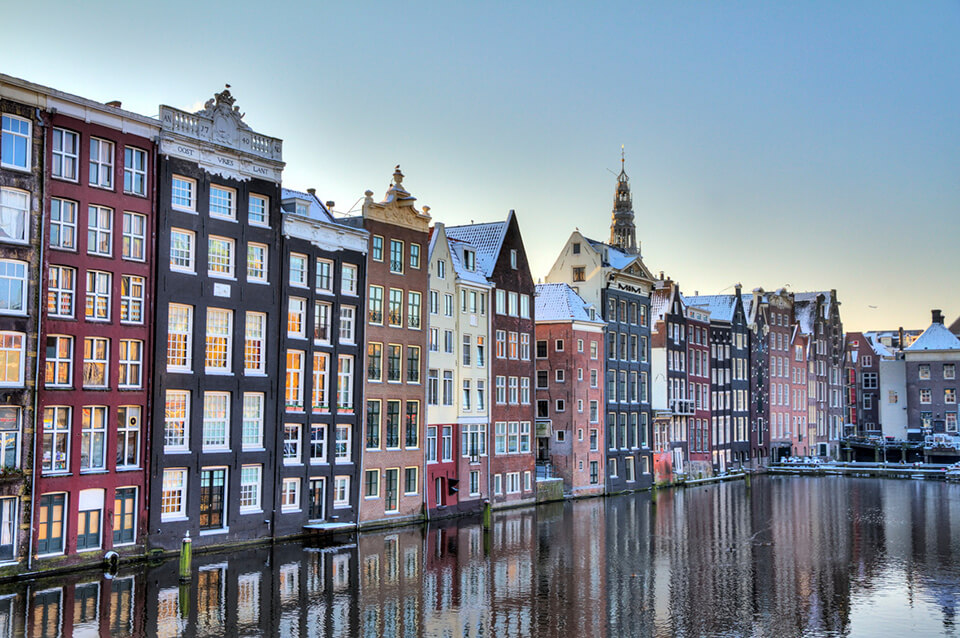
Feeling inspired to make these experiences your own? Get in touch with a member of our team to see how we can start planning your perfect trip along the mighty Rhine River.
MORE FROM Europe + Germany

The 8 Best Rhine River Experiences
Germany
17 Of The Best Berlin Museums
Germany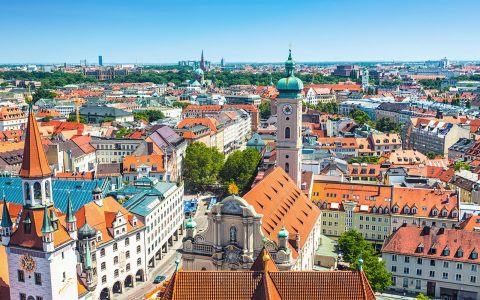
9 Must-Sees Along the Danube River
Austria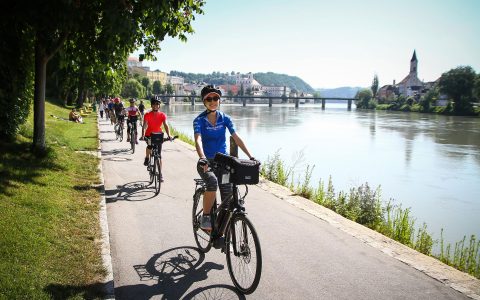
What to Expect on a European River Cruise?
Germany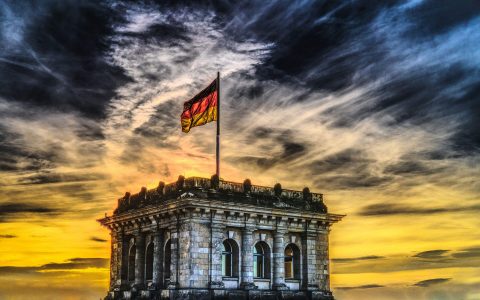
Reading for the Road: A Few Fascinating Books About Germany
Germany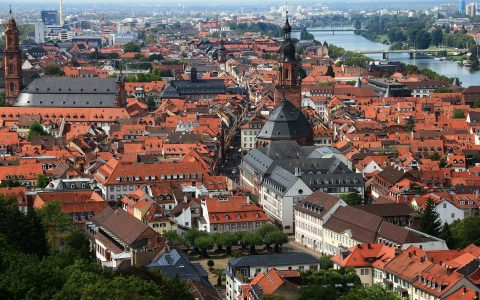
Germany’s Rhine River: Paths to Glory
Germany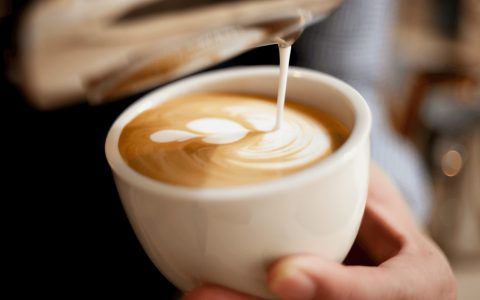
Berlin’s 8 Best Coffee Shops
Germany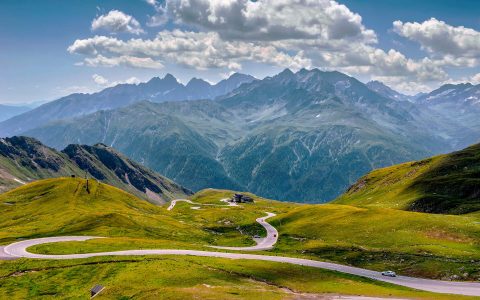
Top 5 Driving Routes in Germany, Austria & Switzerland
Austria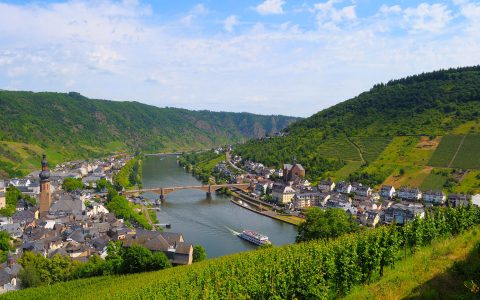
Notes From the Road: The Divine Mosel Valley
Germany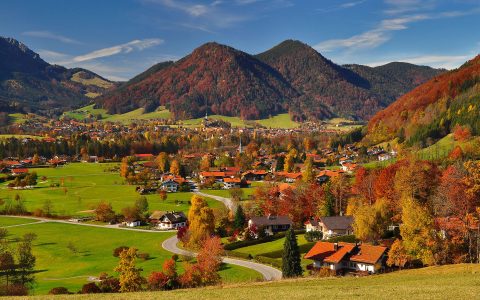
Notes From the Road: The Unabashed Charm of Bavaria
Austria
Butterfield & Robinson’s new cycling tour
Austria

